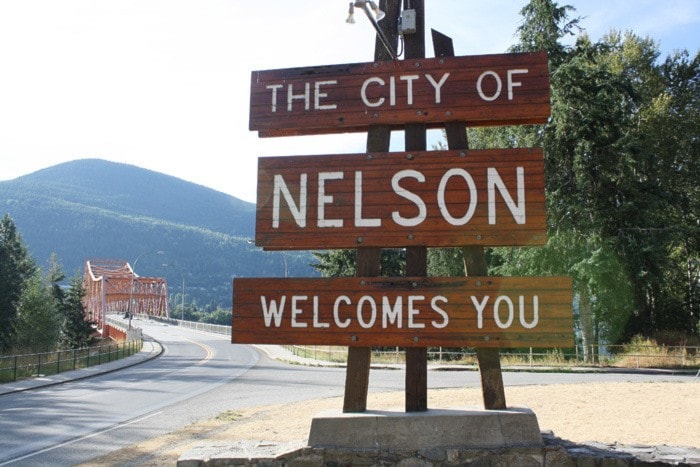A local economist is “heartened” by the latest census figures, which show Nelson’s population over 10,000 for the first time.
“Ten thousand is kind of a magical threshold,” says Mike Stolte, executive director of Nelson’s Centre for Innovative and Entrepreneurial Leadership. “You go from being considered rural to urban.”
The city’s official headcount of 10,230 in 2011 was nearly 1,000 more than in 2006, a growth rate of 10.5 per cent.
Stolte notes a few years ago Nelson was in the running for most entrepreneurial community in Canada — a title it would have won but for the fact cities under 10,000 weren’t considered.
“Psychologically, there’s always something to growth,” he says. “When I moved here, I was looking for growth — but manageable growth. I think for the most part, based on the economy not being hugely robust the last couple of years, people would be happier to see growth than a falling off.”

Stolte has anticipated a jump in Nelson’s population for a while. He expected it to show up on the 2006 census, but that count actually recorded a small decline.
“I’m always a little skeptical of census numbers, even though they’re supposed to be gospel,” he says. “When the numbers went down, I kind of discounted them. I’m almost thinking they were off last time, and this is more reflective of the truth.”
For most of the last 17 years, Stolte has been involved in Nelson’s new residents survey, which has found 500 to 700 people typically arrive each year (although it doesn’t account for those who leave).
Two-thirds of newcomers are from elsewhere in BC, and about 20 per cent from Alberta. Most are in the 25 to 44 age bracket.
As for why they move here, Stolte says Nelson and the West Kootenay has a high quality of life relative to many other places in Canada, and good amenities.
He figures certain major projects — such as the Waneta dam expansion — also accounted for some of the regional growth measured on the census.
He was surprised, however, that many smaller communities also grew — for the trend over the last 20 years has been for service centres to add residents at the expense of smaller towns.
“I was heartened and happily surprised by the numbers,” Stolte says.
JOB GROWTH KEY, NOT IMMIGRATION
Meanwhile, Terri Macdonald, the regional innovation chair at Selkirk College, says she wasn’t surprised at the overall region-wide population increase.
“The modest population growth we’re seeing between 2006 and 2011 reflects economic growth in our region, most notably job growth in the goods-producing sectors (natural resources, manufacturing, and construction),” she wrote in an email.

Macdonald agrees “amenity migration” is a population driver in places like Nelson — although immigration from other countries is not much of a factor. (An analysis by her predecessor, George Penfold, found limited international migration to the Kootenays between 2003 and 2009.)
Macdonald also notes population growth in the Kootenays was primarily concentrated in municipalities this time as opposed to rural areas, suggesting people are moving where the jobs are — either inside or outside the region.
She agreed Nelson topping the 10,000 mark is significant.
“[It] certainly confirms Nelson’s widely developed reputation as a community which has harnessed the ‘creative class’ to develop a high level of amenities and quality of life for a small rural community,” Macdonald says.
“The trend will continue as the surging population of boomers seek out communities able to provide a high level of amenities and quality of life.”
She says the challenge faced by many places with those attributes is balancing the addition of more seniors with attracting and retaining young families.
Macdonald will use the latest census data in both the Columbia Basin Rural Development Institute’s next State of the Basin report, due in the fall, and the trends analysis section of the institute’s new website, expected to launch in March.
The institute is supported through a partnership between the Columbia Basin Trust and Selkirk College.
